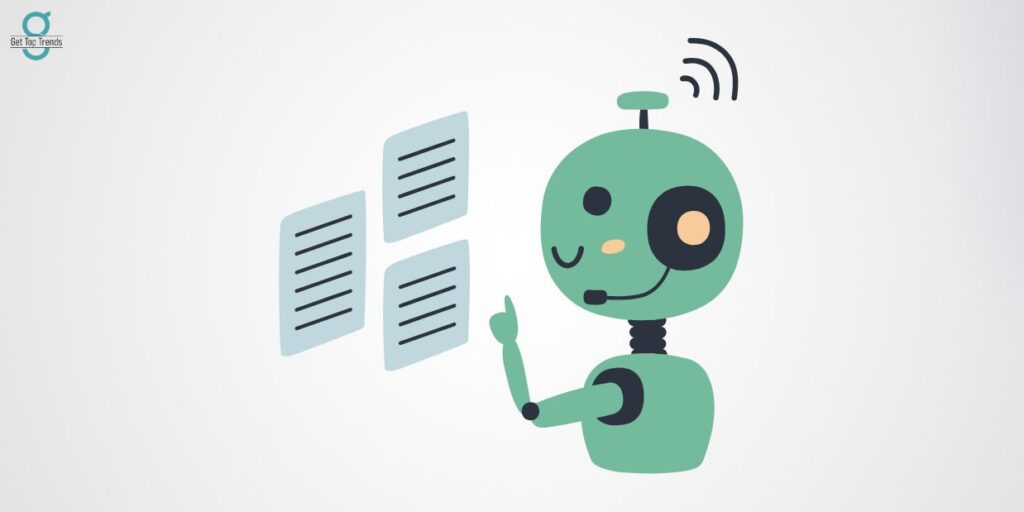Are you currently grappling with the challenge of identifying a suitable research topic? Do you wish to ensure that your research question is original and relevant? If so, employing the power of ChatGPT could be a valuable solution.
ChatGPT is an exceptional tool that can assist you in uncovering research gaps across diverse fields and domains. Let’s explore the tips for Research Gap.
What is ChatGPT and its Functionality?
ChatGPT is a web-based application that leverages the capabilities of artificial intelligence (AI) to generate natural language responses based on user input. Powered by GPT-3, one of the most advanced language models globally, ChatGPT adeptly produces coherent and diverse texts on various subjects and styles.
The Applications of ChatGPT
ChatGPT serves multiple purposes, including chat-based interactions, writing assistance, educational aid, and research exploration. This comprehensive guide focuses specifically on harnessing the potential of ChatGPT to identify research gaps—areas or aspects of a topic that have not been adequately explored or addressed within existing literature or knowledge.
How to Use Chatgpt to Find Research Gaps

Identifying research gaps can be challenging and time-consuming, mainly if you must familiarize yourself with the topic or existing literature. However, ChatGPT can simplify and expedite this process by generating relevant keywords and phrases, researching existing sources, and highlighting gaps or limitations within current knowledge.
Here are the steps to effectively employ ChatGPT for finding research gaps:
1. Select a broad topic or question that captures your curiosity. For instance, you might be interested in exploring the impact of social media on mental health.
2. Input your topic or question into ChatGPT and request suggestions for related keywords or phrases. For example, ChatGPT might propose terms such as “social media addiction,” “cyberbullying,” “online self-presentation,” “social comparison,” “depression,” and “anxiety.”
3. Input the generated keywords or phrases into ChatGPT and ask it to find sources that match those terms. For example, ChatGPT may provide results such as “The relationship between social media addiction and depression: A meta-analysis,” “Cyberbullying victimization and mind health in adolescents and the moderating role of family dinners,” and “Online self-presentation: Processes of identity expression among college students.”
4. Examine the abstracts or summaries of the obtained sources and ask ChatGPT to highlight the main findings, implications, limitations, or suggestions for future research. For instance, ChatGPT might highlight insights such as “social media addiction is positively associated with depression across various age groups and cultures,” “cyberbullying victimization is negatively linked to mental health, with family dinners potentially mitigating this effect,” and “online self-presentation is influenced by factors such as gender, personality, culture, and feedback.”
5. Utilize the highlighted insights to narrow your focus and identify a specific aspect or angle that needs to be adequately explored in existing research. For example, you might examine how online self-presentation impacts social comparison and mental health among college students. Request ChatGPT to generate new keywords or phrases related to this subtopic, such as “online self-presentation strategies,” “social comparison orientation,” “self-esteem,” “body image,” and “well-being.”
6. Use ChatGPT to conduct additional searches using the new keywords or phrases and analyze the obtained sources to determine if there is still a gap or missing piece in the existing knowledge. For instance, you might discover a need for more research on how online self-presentation strategies influence social comparison orientation and self-esteem among college students and how this, in turn, affects their body image and well-being. This identified research gap can be the foundation for formulating your research question or hypothesis.
By following these step-by-step instructions and leveraging the capabilities of ChatGPT, you can efficiently and effectively identify specific and original research gaps that can contribute to advancing knowledge in your field.
Also read: Use These Golden Prompts to Get the Best from ChatGPT.


